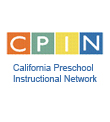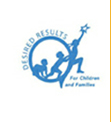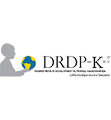Home| Paths to Bilingualism | Receptive Bilingualism
Receptive Bilingualism
In cases where children learning two or more languages have few opportunities to speak one of those languages, the children are likely to understand a great deal more of the language than they are able to express in words. For many dual language learners, English is the language of the larger social environment, and they may have had significant exposure to English prior to preschool. However, they may have had little opportunity to practice using English. As a result, these children may enter preschool with some understanding of English.
The process of receptive bilingualism differs from that of learning another language after a first language has been established. The children are not learning the languages equally, as there is a strong imbalance favoring the language being used more often. For example, in cases where children attend schools where the home language is not supported and the child has more exposure and opportunity to practice English than he does the home language, the child may become a receptive bilingual in his home language.
There is no consensus as to when children become receptively bilingual. Through exposure to another language via television, the radio, and conversation with older siblings, children may acquire some English passively, but they are not considered bilingual (CDE, 2009, p.43).





